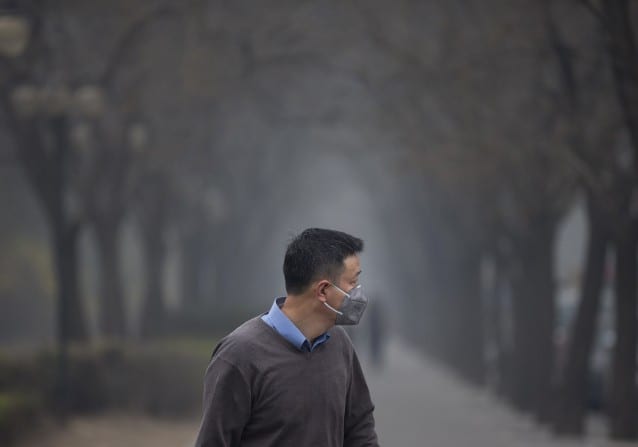
On Wednesday, a Chinese government official said that China plans to launch the first stages of a national carbon market next year.
According to the South China Morning Post, Jiang Zhaoli, a senior official with National Development and Reform Commission’s (NDRC’s) climate change department, said that China plans to initially cap emissions from six industrial sectors. These include power generation, metallurgical, nonferrous metal, building materials, chemicals, and aviation.
“We hope to kick off the national market in summer of 2016, starting with a three-year trading phase before the market becomes fully functional in 2019,” said Jiang.
The plan, which still requires further approval from authorities, would also act to integrate China’s seven existing regional markets into a nationwide trading scheme. As Reuters reported this week, the lack of an overarching system for China’s nascent carbon market has caused dramatic variations in prices between regions. In January China launched a national carbon offset registry to try and create a market to transfer credits between the pilot trading schemes, another move toward a national market.
In October, the U.S. and China announced an unexpected bilateral climate pledge in which the U.S. agreed to cut its emissions 26 to 28 percent below their 2005 levels by 2025 and China agreed to peak its GHGs by 2030 or earlier. Carbon trading could as much as double in China in 2015 according to certain analysts.
China is also facing domestic pressure to reduce reliance on fossil fuels as urban centers are plagued with debilitating smog. A recent analysisby Peking University found that over a quarter of a million people in some of China’s major cities could face premature death because of high levels of air pollution.
Source: Climate Progress. Reproduced with permission.







